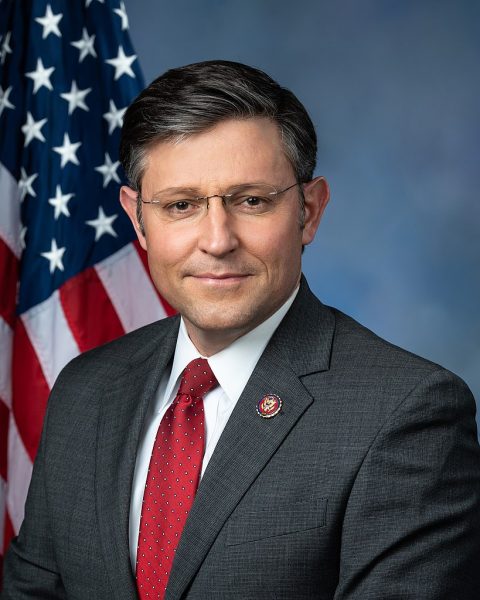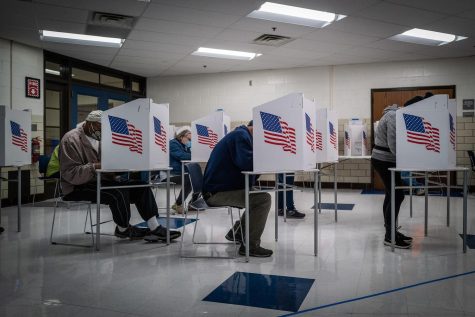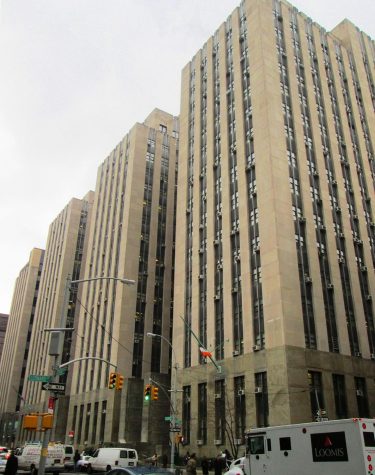Transportation dilemma lingers in Winston-Salem
Lack of parking spaces and public transit constitute major problem for Winston Salem residents
March 18, 2021
The American reliance on cars engenders two conflicting ails, and the resolution of either would seemingly exacerbate the other. On the one hand, those who need a car in order to go about their daily activities (most people) require an accessible place to park their vehicle near their residence. On the other hand, they also need suitable parking options wherever their car may take them. If both conflicts were resolved to meet the wishes of both parties involved, we would be living out the car manufacturer’s utopian fantasy. But this isn’t really the case, especially for those living in rental complexes. In most American cities and counties these complexes are not required to provide sufficient parking to accommodate every resident.
My rental accommodations, for example, consist of a four-bedroom townhouse, which, according to the Winston-Salem/Forsyth County Unified Development Ordinances, only necessitates three parking spaces. The rental complex hosts 300 residents, all living in four-bedroom units. To satisfy the minimum requirements of the Development Ordinances, the complex must offer 225 parking spaces to its residents. The complex surpasses that requirement by 25 spaces (altogether totaling 250 spaces), but nonetheless leaves 50 residents to fend for themselves. Were the entire residential population of this particular complex not Wake Forest and Winston Salem State students, who happen to transport themselves to the same campuses every day on roughly similar schedules, this would be a pretty big problem for those without parking permits.
One might suggest that the Development Ordinances be amended such that each occupant is requisitely afforded a parking space. However, were this the case, the entire surface area of Forsyth County (or much of it at least) would be covered by parking lots. Advocates for expanded affordable housing availability often contend that, by decreasing the zoning requirements relating to residential parking so that complexes are required to provide even less parking than they already do, apartment buildings could occupy smaller footprints and allocate more space to dwellings. This is likely a sound idea, and I tend to agree with it.
However, Winston Salem is very difficult to traverse without a car. The public transportation system was reduced due to budget constraints several years ago, resulting in fewer routes (especially to and from outlying areas) and a marked decrease in schedule frequency. The city is highly segmented by major highways, effectively constraining walkers and bikers within pocketed areas. Moreover, the county reports an extraordinarily large number of food-deserts (22 in total), suggesting that walking to grocery stores may not be feasible for many of its residents. By reducing the zoning requirements relating to parking for new developments, the city’s mobility issues may only be exacerbated.
Had the tension between housing and parking availability been adequately recognized earlier in the 20th century, our cities and towns might have been organized differently, with commercial centers and housing more proximous — even enfolded within one another. However, this didn’t occur, and as a result, cars are, for many, a requisite for daily life. Reformed zoning ordinances could theoretically remedy this problem if given the time to do so, however the American reliance on the automobile seems so entrenched that envisioning alternative ways of life is rather difficult. The best path forward, at this point, may be the dramatic expansion of the city’s integrated transit system. If public transportation was reliable and accessible enough so as to provide transportation for those without cars, zoning ordinances relating to residential parking could be shrunk and the city’s stock of affordable housing may be free to expand.
As things stand, it seems that either parking spaces or affordable housing must be at a deficit, and that to provide for more of either would be at the expense of the other. Parking deficits could be more readily accommodated, perhaps by increasing funding for city services, but there is no acceptable solution for an affordable housing shortage other than increasing the stock of affordable housing. So, it would seem, expanded investment in public transportation and a reduction of the quantity of parking spaces rental complexes are required to offer may at least be a stopgap solution suited to address the tension between parking and affordable housing.






















